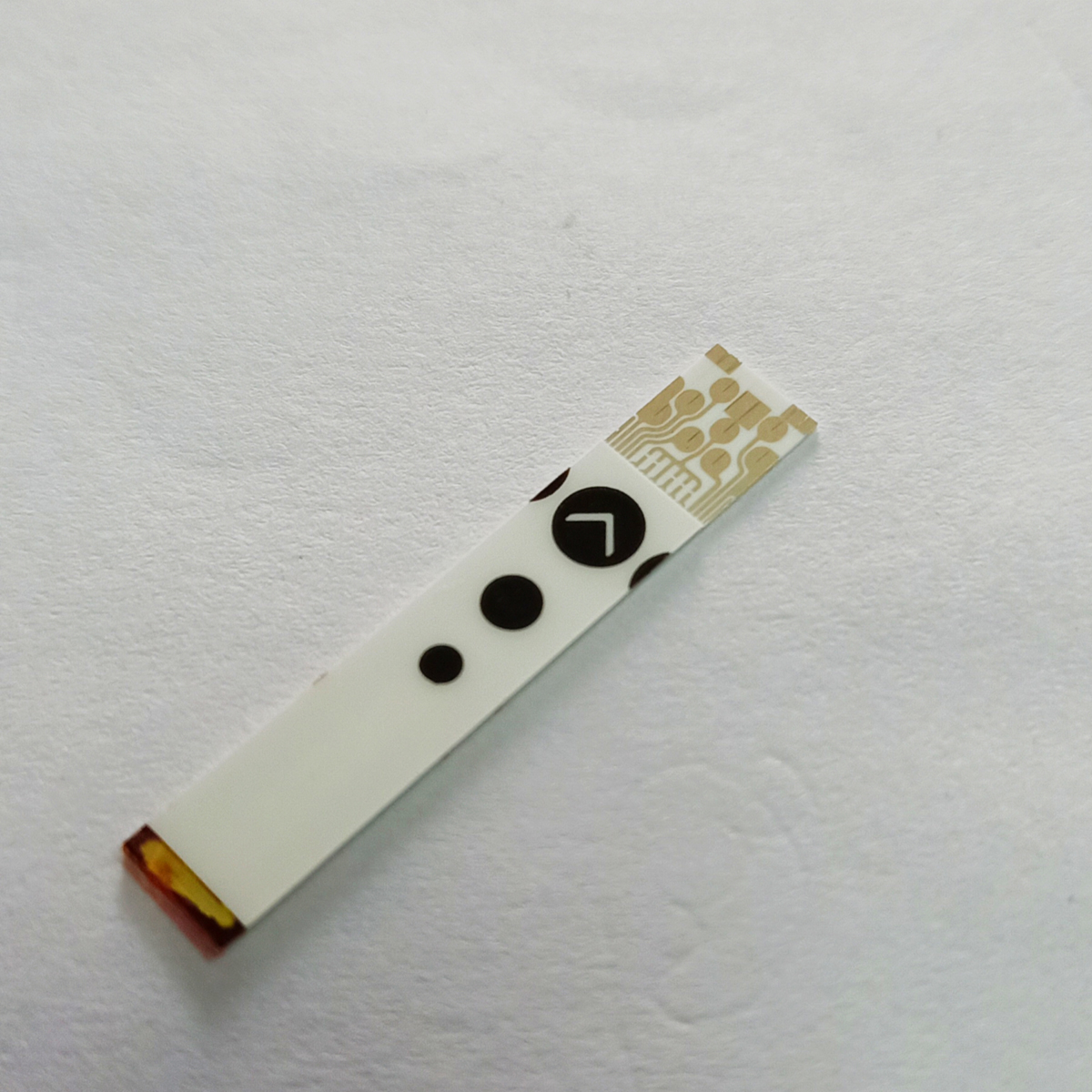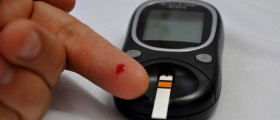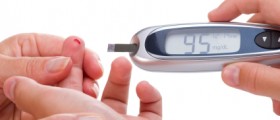
Type 1 Diabetes in ChildrenType 1 diabetes is the most common form of diabetes in children. This medical condition is also known as juvenile diabetes or insulin-dependent diabetes. It develops when pancreas in a child stops manufacturing insulin necessary for living. It is considered as autoimmune disease since the body destroys insulin-producing cells.
When a child suffers from diabetes, he or she must receive insulin by either insulin injections or insulin pump. Parents must learn how to administer insulin injections and monitor child’s blood sugar as well as count carbohydrates.With proper treatment and care, children with type 1 diabetes can live long and healthy lives.
Symptoms of Type 1 Diabetes in ChildrenCommon symptoms of this condition include: Unusual thirst and frequent need to urinate. Without insulin, the sugar cannot get into the cells to do its work. Instead it stays in blood because of which fluid is drawn from the tissues. This results in increased thirst that causes your child to drink more often and thus urinate more often. Increased appetite. Without insulin to let sugar move from blood into cells to produce energy, affected child experiences extreme hunger. Weight loss. Despite of increased appetite, a child with diabetes may lose weight. Unexplained weight loss is usually the first obvious symptom of the disease. Fatigue. Without sugar in cells to provide energy, affected child often feels tired and lethargic. Behavioral changes. Type 1 diabetes often causes altered behavior in children. You may notice that your child is sometimes irritable or have mood swings. Blurred vision. High blood sugar level leads to insufficient fluid in eye lenses. This can affects child’s vision. Yeast infection. In girls, diabetes can be noticed when genital yeast infection occurs. In infants, yeast infection leads to severe diaper rash.If you notice any of these symptoms in your child, you must inform his or her doctor as soon as possible.
Complications of Type 1 Diabetes in ChildrenWhen child’s blood sugar level is controlled, most of the complications of type 1 diabetes can be prevented. On the other hand, long-term complications occur if blood sugar level isn’t properly controlled. These complications include: Cardiovascular problems. Children with diabetes have higher risk of developing coronary artery disease, atherosclerosis, hypertension, heart attack, and stroke. Nerve damage. Because of high blood sugar, the nerves, particularly in the legs, can be damaged. This may cause numbness and tingling in toes. Kidney damage. In case of severe kidney damage, child may require dialysis or even kidney transplant. Eye damage. Diabetes can lead to diabetic retinopathy that can cause cataracts, glaucoma and vision loss. Damage to the feet. Decreased blood supply to the feet may cause many complications. Skin conditions. Bacterial infections, fungal infections and itching can occur as a result of diabetes. Osteoporosis. Diabetes may cause bone density to become lower thus making your child more susceptible to osteoporosis later in life.

















Your thoughts on this
Loading...